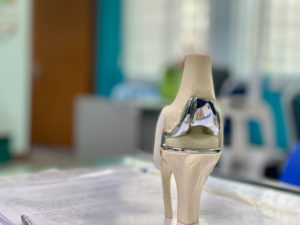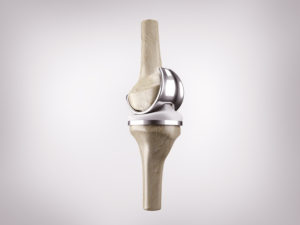This past May has seen a flurry of legal activity over IVC filters against several medical device manufacturers. Case in point, Dallas resident Parker Thompson filed a lawsuit against Cook Medical’s Günther Tulip on May 21, 2016—making the total number of cases against the medical device company over 400. That’s up from 384 cases at the end of April and the 343 cases that were on record at the mid-month point.
The picture does not look any prettier for medical device manufacturer C.R. Bard. While over 400 federal cases are still currently in the pretrial stages, the U.S. District Court for the District of Arizona continues efforts to congregate the parties in an attempt at resolution.
One question might be, “Why so many lawsuits, and why now?” A part of the answer rests with recent media coverage. In September of 2015, NBC Nightly News did a two-part series investigating complications with the use of IVC filters—linking no fewer than 27 deaths and more than 300 injuries to failures associated with the Recovery IVC filter manufactured by C.R. Bard.
The other element to the equation is timing. As a result of FDA approval in the early 2000s, a new generation of retrievable IVC filters became popular for those at risk of a pulmonary embolism or deep vein thrombosis who did not respond well to anti-coagulants alone. This expanded the market for IVC patients well beyond the former population, which included only patients who would have a permanent need for the device. Thus, there are many patients who have potentially had the device in place for 10 years or more—increasing the potential for malfunction, migration and bodily harm.
Before getting into too much detail regarding the risk to patients, it might help to go over the basics of an IVC filter. For those who are unfamiliar with its design or intended function, it is a small, tentacle-like apparatus that is implanted into the largest vein in the human body, the inferior vena cava. It then relies on its “arms” to catch and entrap any blood clot(s) before traveling to the heart and/or lungs. What many of the lawsuits contend is that the filters are prone to move along the vena cava over time and potentially interact with vital organs in a harmful manner. Recent studies also indicate that some of the IVC filters may actually enhance the potential for clotting; counteracting the sole purpose of the product.
So the question remains as to whether or not this device is safe to have in your body. As might be expected, there is no clear answer. The devices themselves were intended to be used in high-risk situations where other options weren’t feasible, thus few alternatives remain today. Concerns remain over whether the retrievable device will “migrate” within—or even beyond—the vena cava and interfere with other organs, and whether the design of the retrievable filters will prohibit effective removal at the appropriate time.
So maybe the better question is, what can you do to avoid future complications if you have an IVC filter implanted? The complexities are numerous and each case is unique—ultimately making this something best answered by a visit with your physician.

The Legal Examiner and our Affiliate Network strive to be the place you look to for news, context, and more, wherever your life intersects with the law.

















Comments for this article are closed.